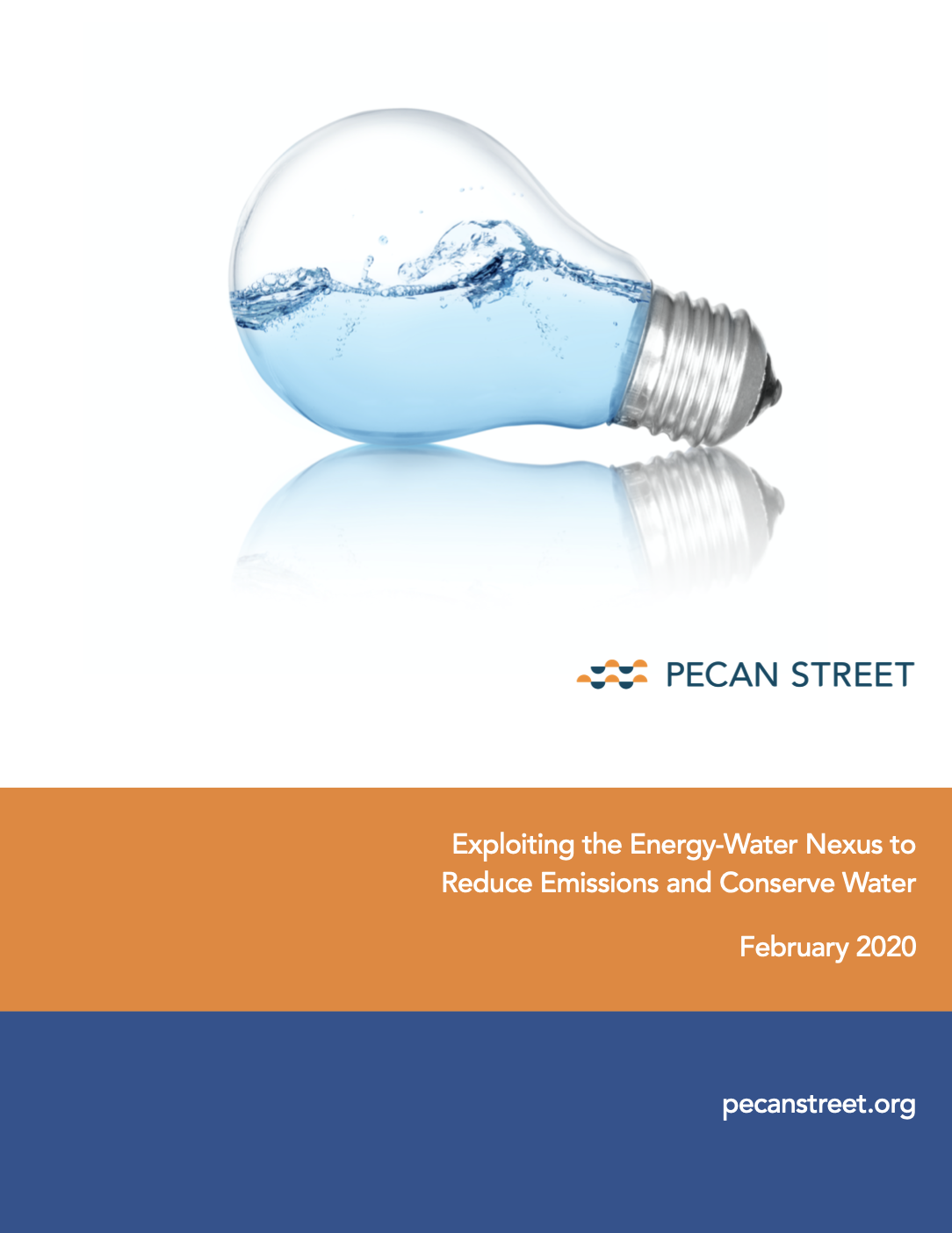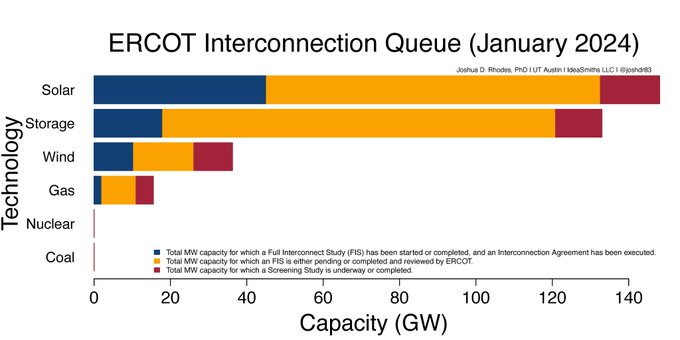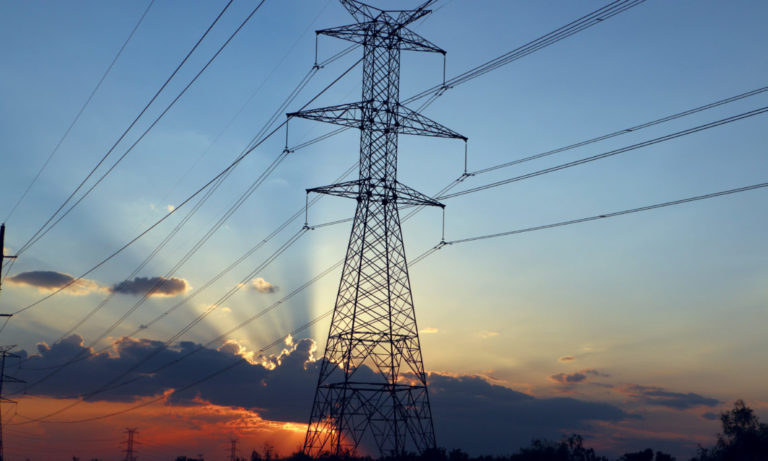February 18, 2020
 By Suzanne Russo, CEO, Pecan Street
By Suzanne Russo, CEO, Pecan Street
Fossil fuel power plants boil massive amounts of water into steam, which spins turbines and generate electricity. Water utilities use a lot of electricity to source, treat and distribute water. The conservation opportunity of this energy-water nexus is fairly obvious: use less of one and you use less of the other.
Translating that relationship into a potential climate solution, however, isn’t perfectly straightforward. So Pecan Street took a shot, using our unique datasets of home energy and water use data generated through our volunteer network. Our homes are equipped with sensors that measure energy use from each circuit within the home as frequently as every second. And several of our homes include sensors developed at Pecan Street that capture ultra-high resolution water use data.

In addition to estimating the climate emissions potential of residential electricity and water conservation, our analysis identified the household energy uses with the highest water intensity and the water uses with the highest energy intensity.
The results are detailed in a brief white paper published today on our website. The paper is a quick read, intended to help individuals and policy-makers make better choices about resource conservation opportunities.
A few of the interesting takeaways:
- By far, heating/cooling, stand-alone freezers and electric car charging have the highest water intensity of all household energy uses. This means the electricity used to run these items requires the largest amount of water. Reducing fossil fuel electricity use for these items not only reduces climate emissions, it reduces water demand. (Critically important in places like Texas where extreme droughts are now a standard part of life).
- By far, irrigation has the highest energy intensity of all home water uses. This is not surprising; irrigation uses more water than toilets or sinks. But the gap is dramatic. Reducing irrigation water use is the single greatest opportunity to save water and the energy required to produce it.
- The conservation potential of the energy-water nexus – at least at the residential level – is imbalanced. Reducing fossil fuel electric use is a more powerful water saver than water conservation is an energy saver. For example, reducing grid-supplied power in Austin (where the homes we analyzed are located) by 10% would save the amount of water used by more than 2,500 homes (about 0.4% of Austin Water’s annual pumpage total). Reducing the average home’s water use by 10% would only reduce the home’s energy use by 0.002%.


















